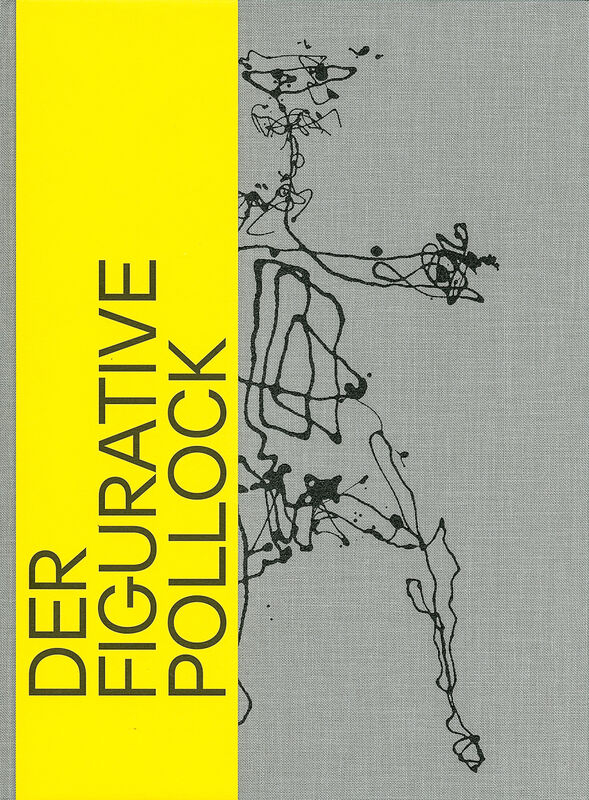Contact
art book cologne GmbH & Co. KG
Deutzer Freiheit 107
50679 Köln
Germany
Opening hours (office and showroom):
Monday to Friday 8 – 17
info@artbookcologne.de
Phone: +49 221 800 80 80
Fax: +49 221 800 80 82
About us
art book cologne, founded by Bernd Detsch in 1997, is a wholesale company and specializes in buying and selling high quality publications in art, art theory, architecture, design, photography, illustrated cultural history and all related subjects internationally. Our team includes specialists in art, culture, music, book trade and media but in spite of our diversity we have one common ground: the enthusiasm for unique art books.
We purchase remaining stocks from museums, publishers and art institutions. We sell these remainders to bookstores, museum shops, and art dealers all over the world.
Der figurative Pollock
| Editor | Nina Zimmer |
| Publisher | Prestel |
| Year | 2016 |
| Cover | Cloth |
| Language | German |
| ISBN | 978-3-7913-5585-6 |
| Pages | 248 |
| Weight | 1048 g |
| More | |
| Contributors | Michaela Leja, Stefan Neuner, Tetsuya Oshima et al. |
| Type of book | Exhib'publication |
| Museum / Place | Kunstmuseum Basel |
| Article ID | art-23676 |
This beautiful book focuses on the distinctive and expressive power of Jackson Pollock's figurative paintings, drawings, and prints; a rarely studied aspect of his artistic career.
Jackson Pollock’s name has become synonymous with the abstract drip paintings that he famously created on the floor of his studio. Before these paintings, from the 1930s to the late 1940s, Pollock created figurative works, studying at one time under the painter Thomas Hart Benton and with the Mexican muralists Diego Rivera, José Clemente Orozco, and David Alfaro Siqueiros. Pollock took up figuration again after his famous drip paintings. This book starts with the early decades and also treats Pollock’s re-adoption of the figuration after his renowned abstract paintings.
The Figurative Pollock features 100 paintings and works on paper. From rolling landscapes to experiments in non-Western totemic painting to sketches and drawings fueled by Jungian analysis, the enormous range of Pollock’s early and late work is presented here. Brimming with confidence and a sense of freedom, distinct yet so easily related to Pollock’s most famous oeuvre, these works contribute to an understanding of how the artist found his voice.

